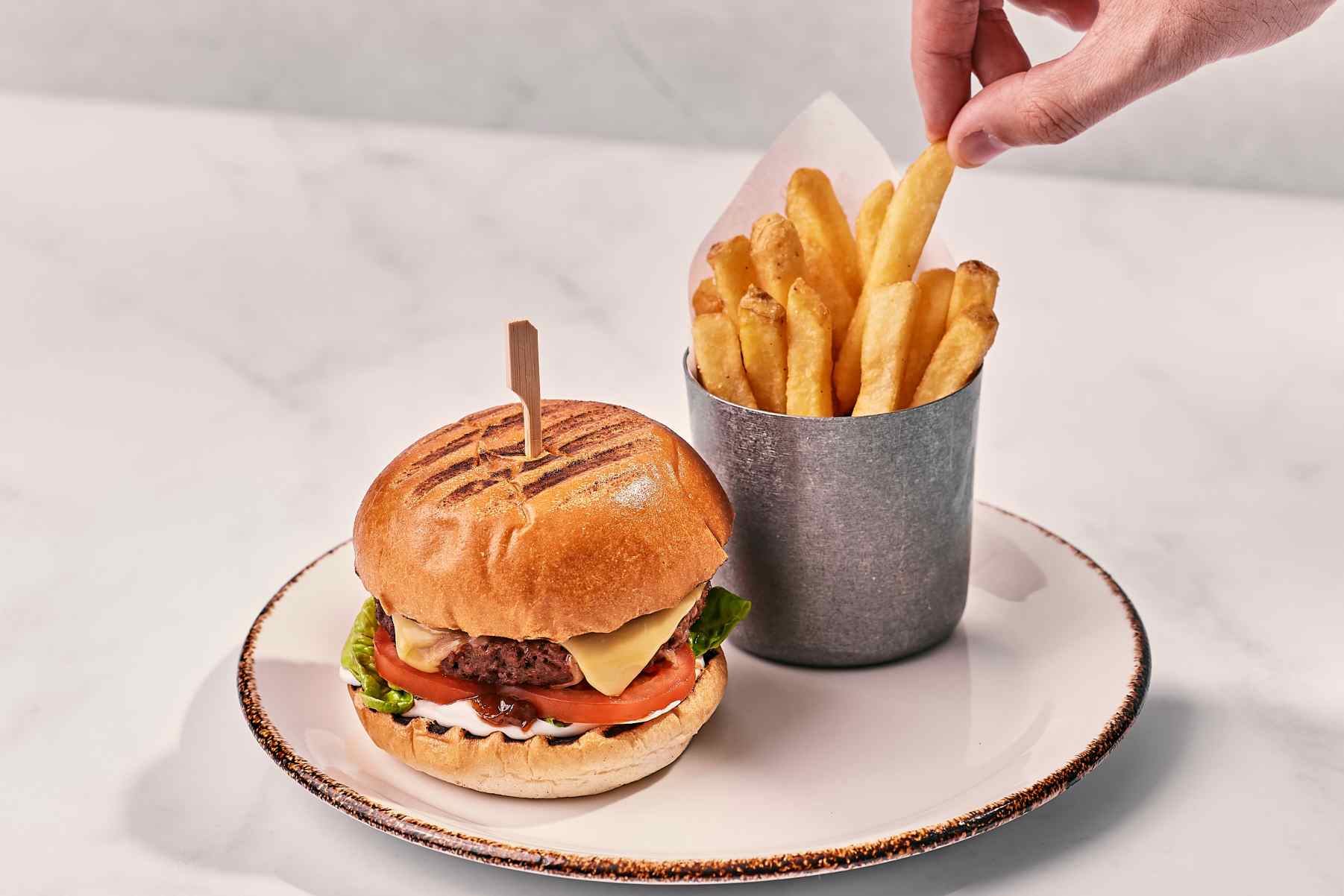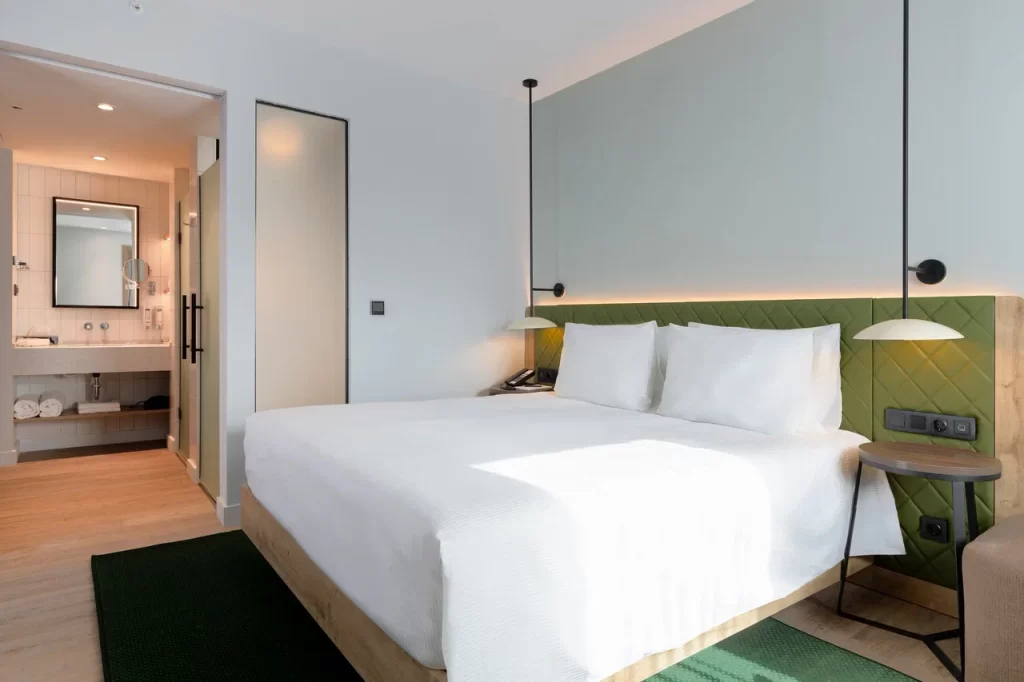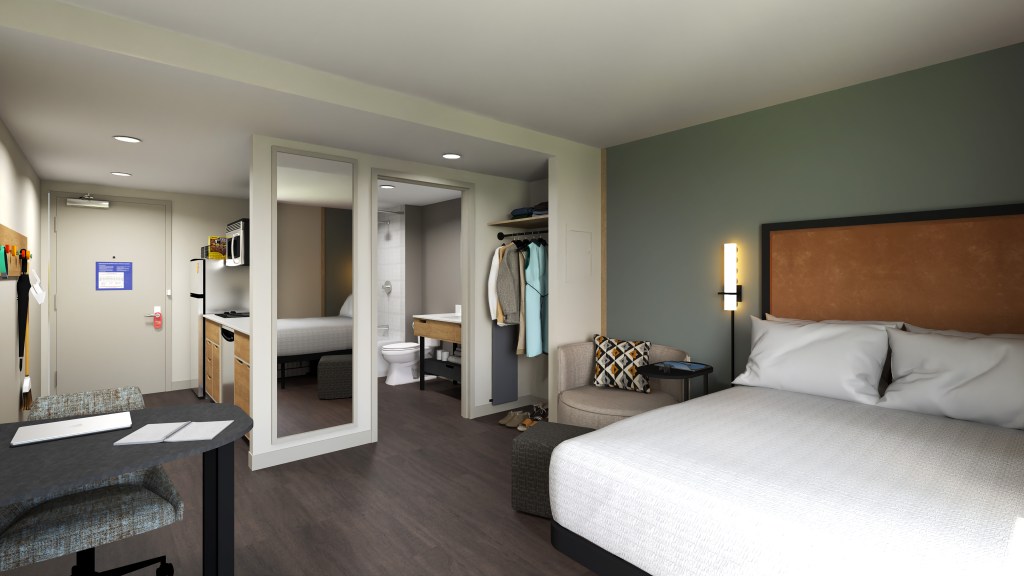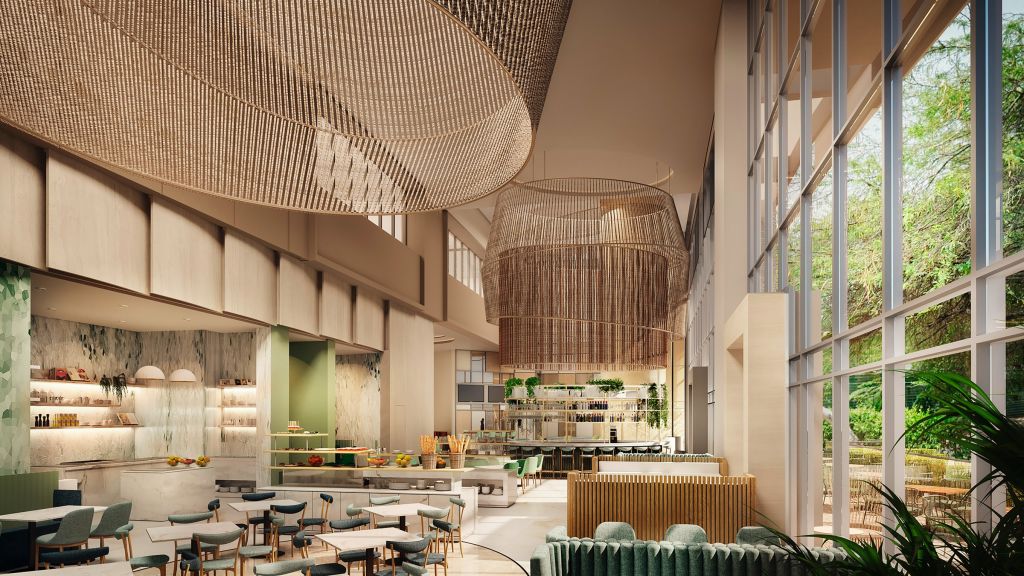Hilton has introduced carbon labeling onto menus across almost 30 hotels in the UK in partnership with Klimato, making it the first hotel company in the UK to do so at scale.
Hilton first introduced carbon labeling to its menus in May. The labels were provided at 30 hotels including locations in London, Leeds, Liverpool, and Newcastle. Hilton claims this marked the start of the largest carbon labeling exercise by a hotel firm in Britain.
Hilton worked with Klimato to calculate the lifecycle carbon footprint of its menu items and communicate this data with diners. Klimato’s label consists of a circle that is filled with green to a level dependent on the emissions footprint of the dish. A full or almost full circle indicates a high-carbon choice. A low-carbon choice is indicated with a mostly empty circle.
Any dish generating more than 1.6kg of CO2e across its lifecycle is regarded as a high-carbon choice. The labels tell diners that these dishes “contribute to increased climate impact”. All dishes are labeled with CO2e emissions in grams/kilograms.
Carbon labeling is currently voluntary in the UK for food firms.
Hilton Green Breakfast
Another Hilton pilot project kicked off in August 2023 with the installation of production and plate waste systems across 13 participating hotels, where baseline data was recorded and updated through November 2023.
The pilot saw a 62% reduction in pre-and post-consumer food waste – which would equate to serving more than 400,000 meals and preventing almost 726 tonnes of CO2e emissions across a year. Pre-consumer waste was reduced by more than 76%, and post-consumer waste was reduced by 55%. Most wasted items at breakfast included bread and pastry, white eggs, porridge, congee, sambar, shakshuka, and baked beans.










